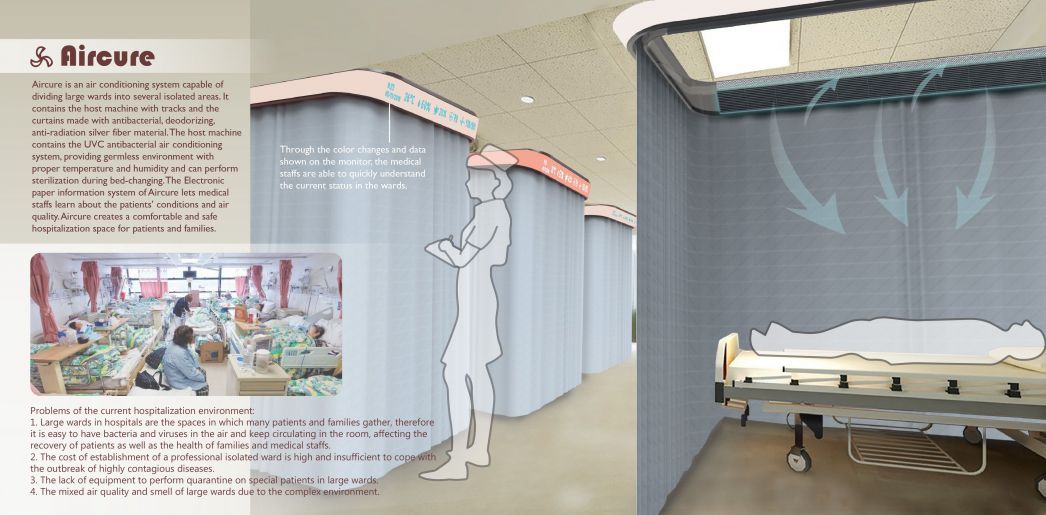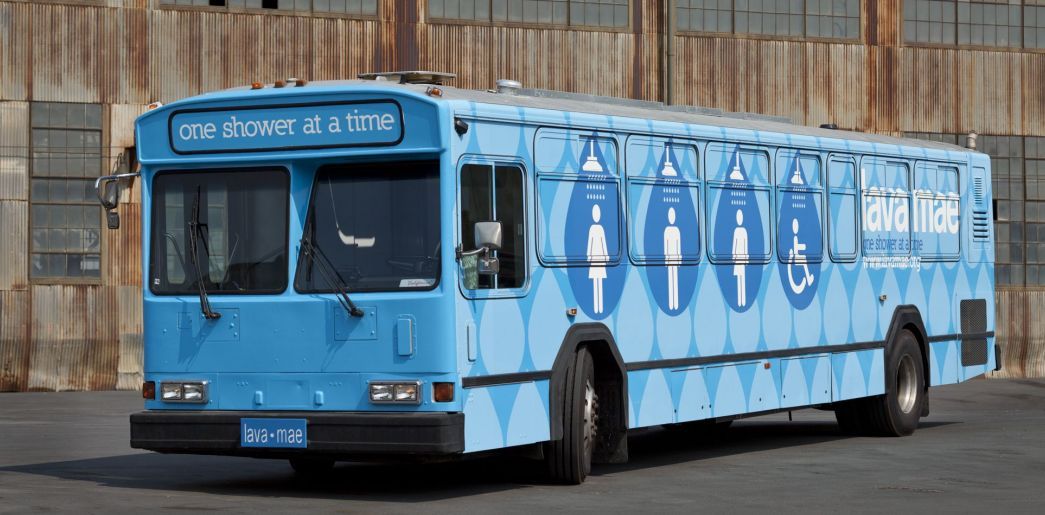AÑO
2019
CATEGORÍA
Trabajo
OBJETIVOS
Agua limpia y saneamiento
PAL. CLAVE
biomimicry, water
PAÍS
United States of America
CRÉDITOS
Penn State and the University of Texas at Dallas
LINK
http://news.psu.edu/story/513108/2018/03/30/research/microengineered-slippery-rough-surface-water-harvesting-air
SRS
Microengineered slippery rough surface for water harvesting from air
With water scarcity slowly becoming widespread in both rural and suburban neighborhoods, water harvesting machines are expected to increase in demand in the coming years. This is why a team of researchers from Penn State and the University of Texas at Dallas recently designed a new slippery surface for water harvesting applications. This slippery solution, the slippery rough surface (SRS), was achieved through the process of biomimicry.
SRS aims to increase the efficiency of the harvesting process through inexpensive biological strategies. Simon Dai, assistant professor at the University of Texas, took inspiration from the pitcher plant, which is carnivorous. When insects land on the walls of these plants, they slip into the digestive system because the walls have a slippery surface.
Inspiration also came from the surface architecture of a rice leaf. It “has nanoscale directional grooves on its surface that allows water to be removed very easily in one direction but not the other."



